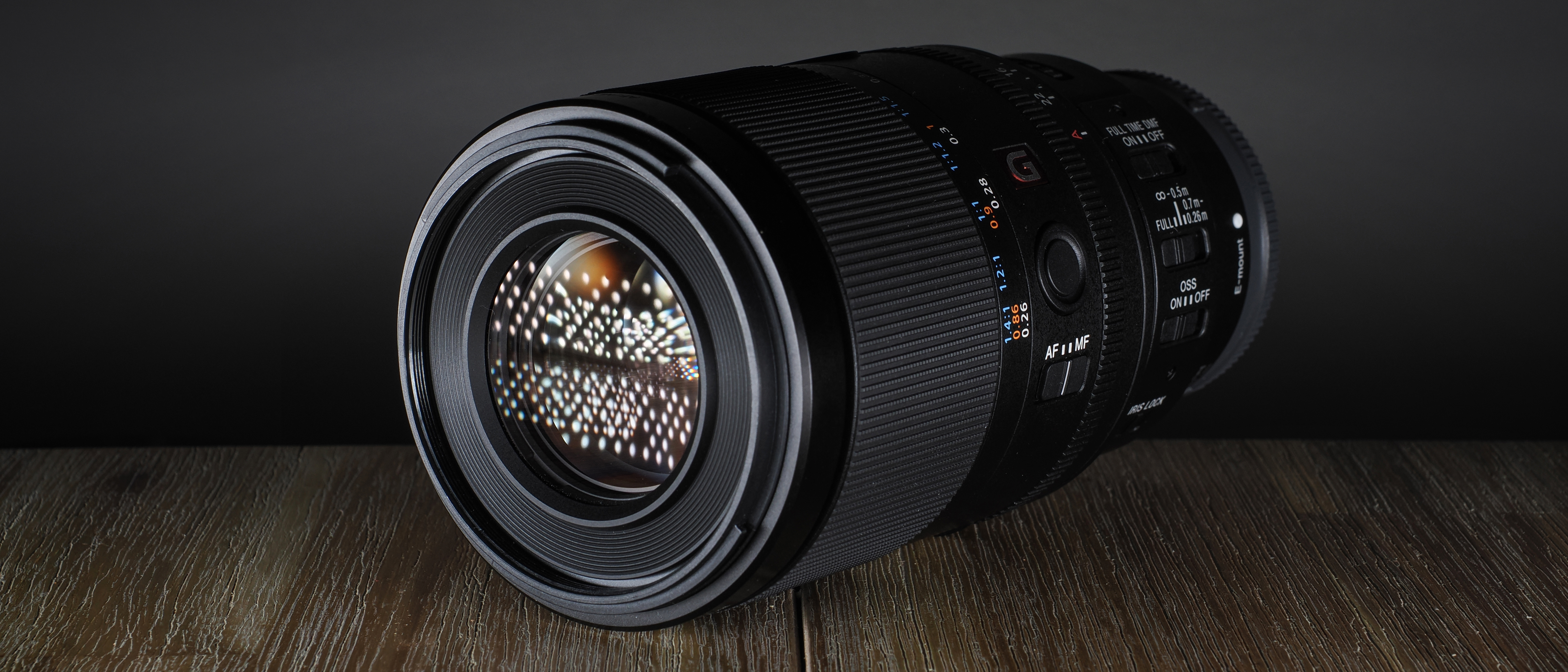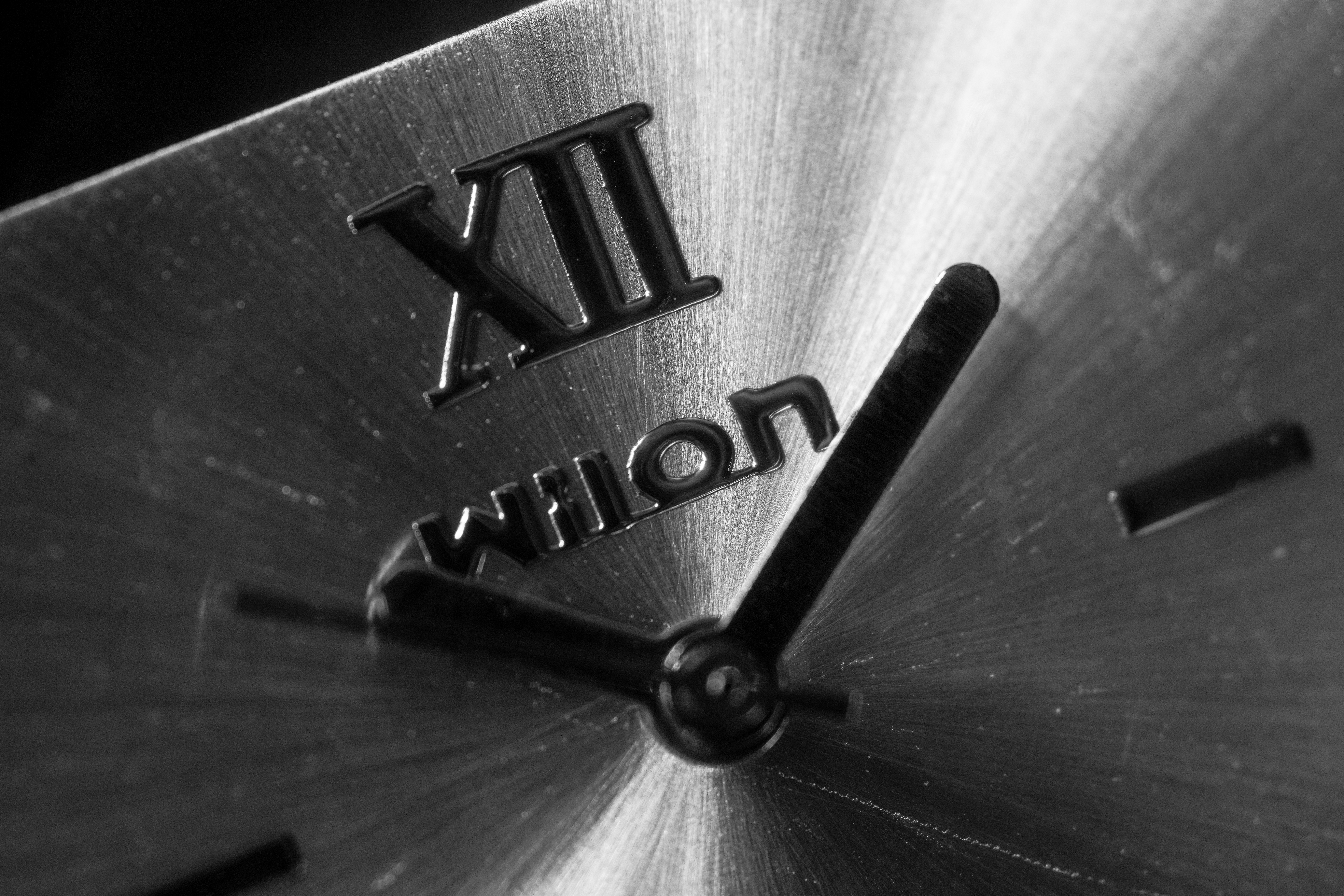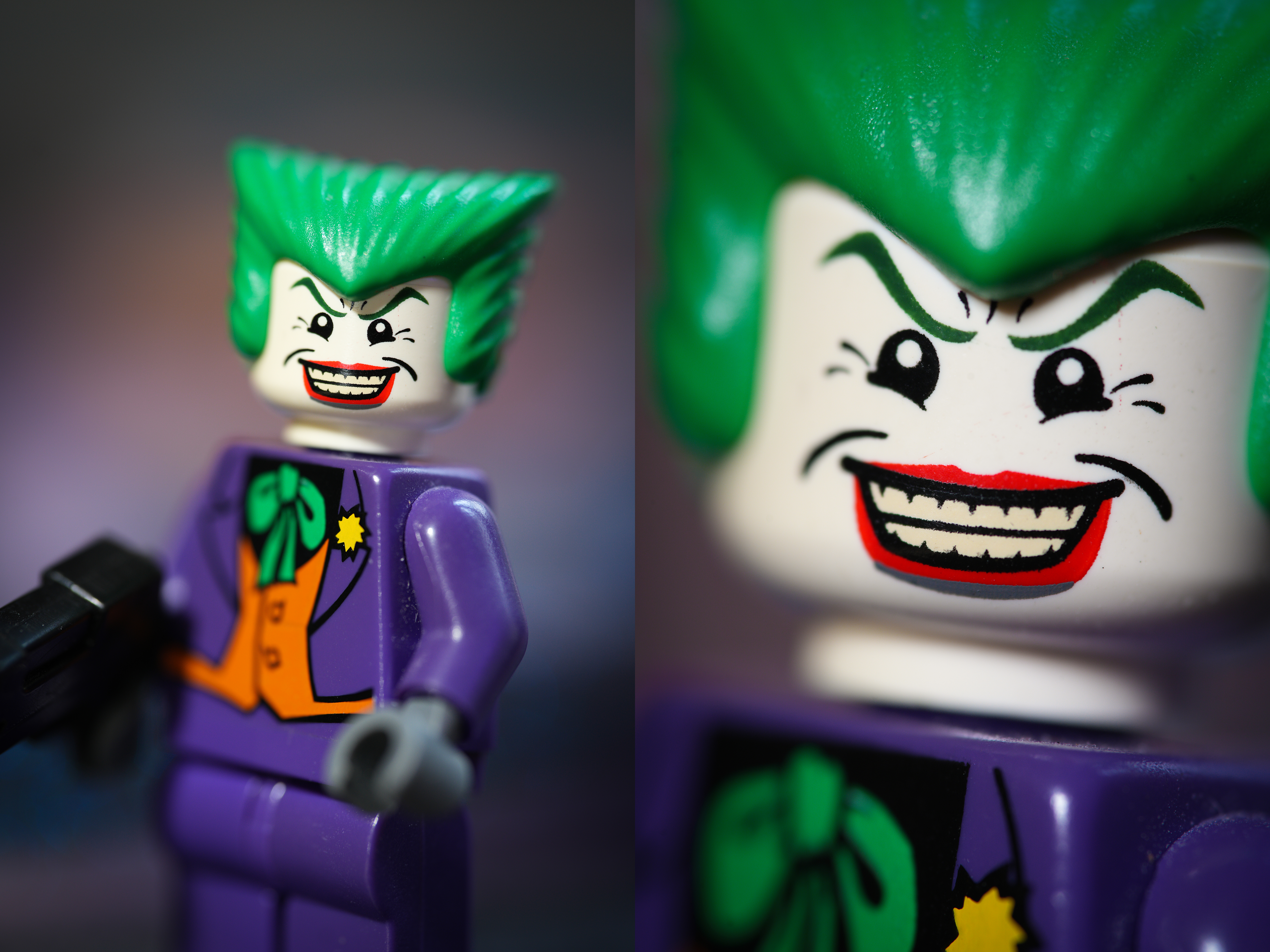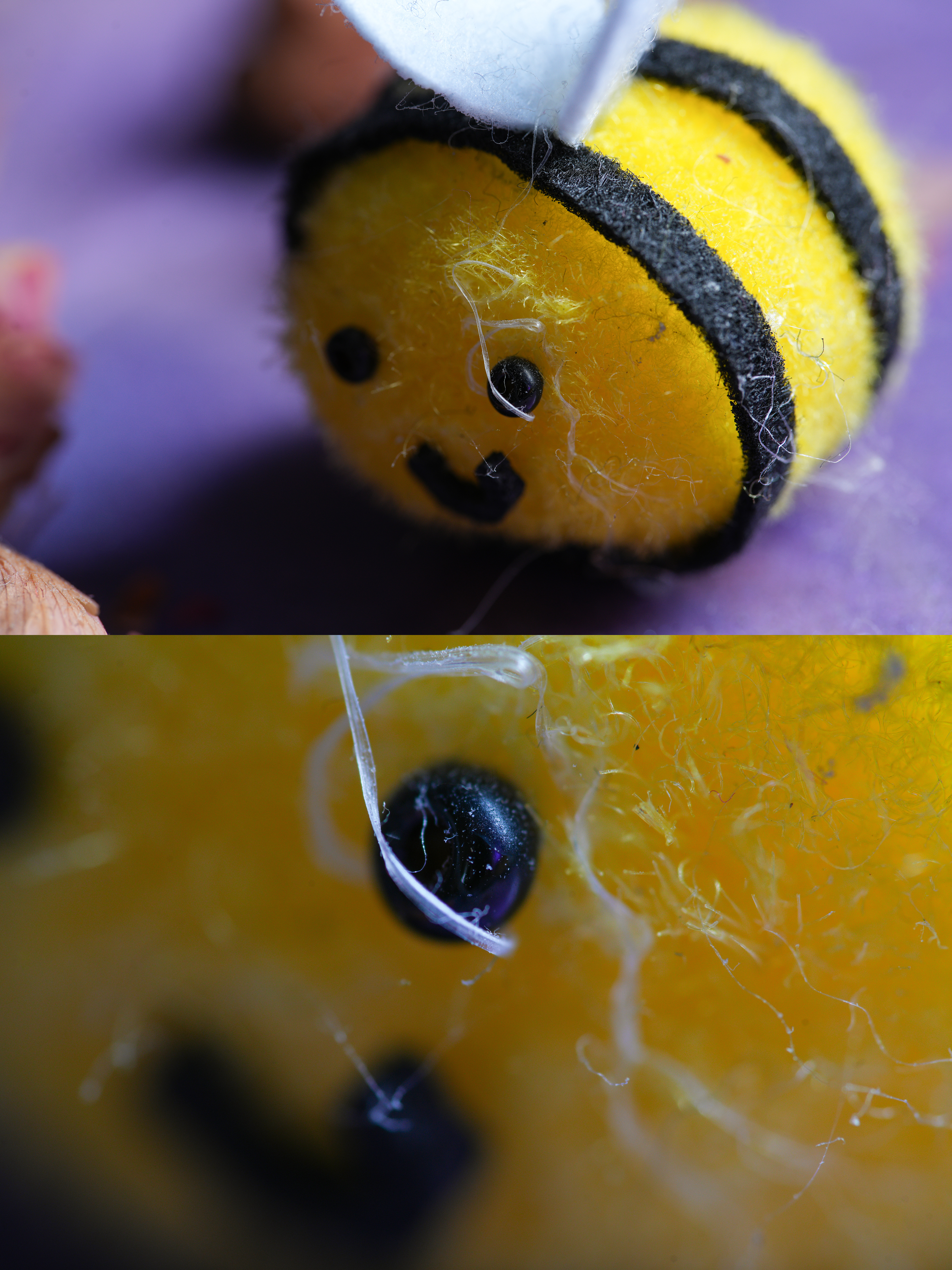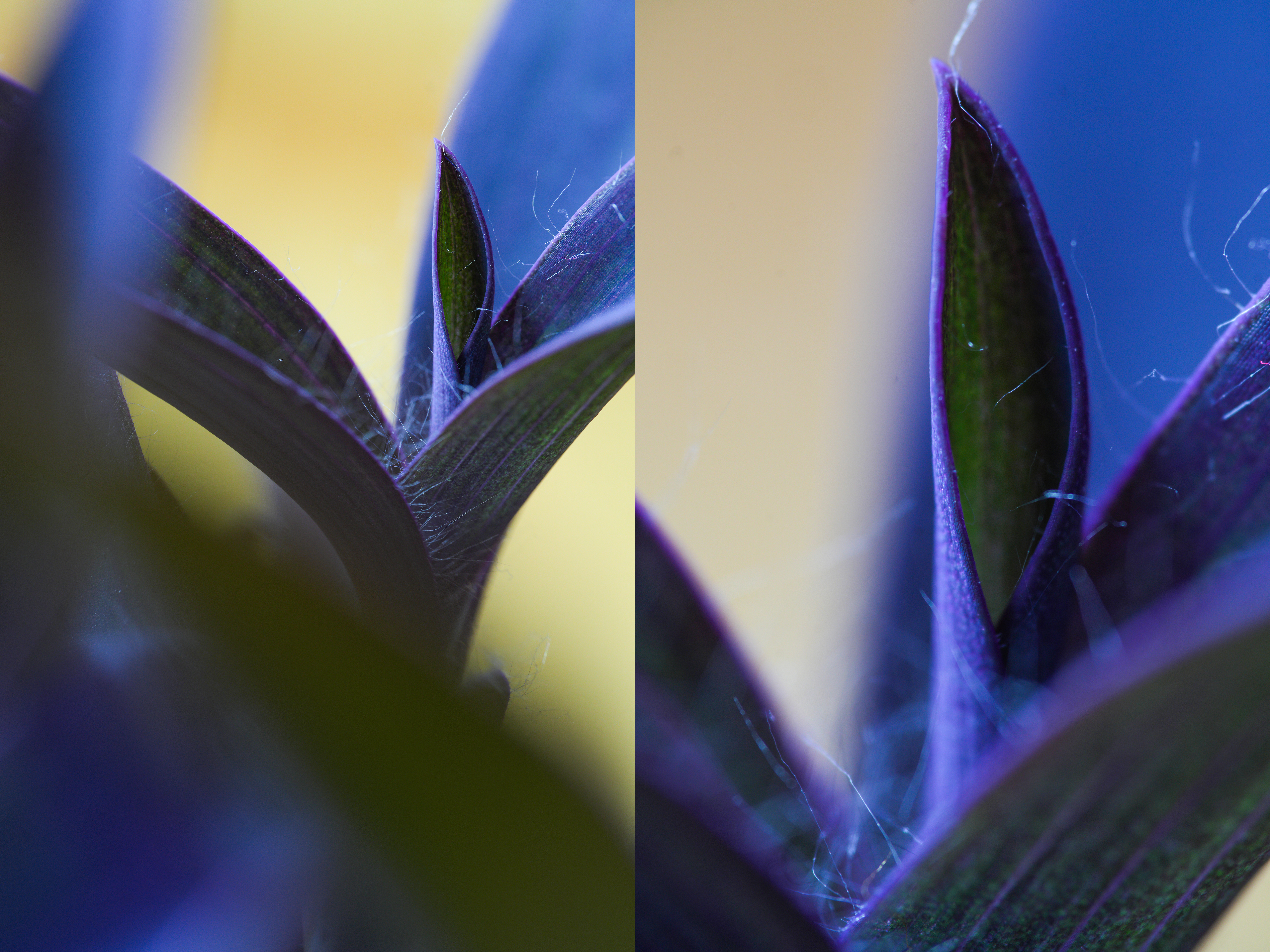Digital Camera World Verdict
With the Sony FE 100mm f/2.8 Macro GM OSS, Alpha cameras have at last got the macro lens they deserve. The old 90mm was good, but this new lens is GREAT. The 100mm focal range gives you the perfect working distance and the 1.4x magnification captures larger-than-life-size images – but slap on a teleconverter and you can get up to 2.8x magnification, for mega-macro shots. The resolving power of this lens is amazing (and leagues better than the 90mm), even producing sharp results wide open with a 2x converter. The stabilization and autofocus deserve a shout out, too, making this a legitimate option for handheld shooting. This is every inch a GM-caliber optic and hands-down the finest E-mount macro lens on the market.
Pros
- +
1/4x naive magnification
- +
Up to 2.8x with a teleconverter
- +
Superb sharpness
- +
Great stabilization
- +
Proper, 'stopped' manual focus
Cons
- -
A touch of fringing wide open
Why you can trust Digital Camera World
After a decade-long wait, the Sony FE 100mm f/2.8 Macro GM OSS is finally here to replace the trusty but crusty Sony FE 90mm f/2.8 Macro G OSS. And there's no question that this lens – Sony's first ever G Master macro – eclipses its predecessor in every way.
The Sony FE 100mm f/2.8 Macro GM OSS offers a 1.4:1 reproduction ratio (1.4x magnification) as standard – going above and beyond the 1:1 (1x) true macro ratio for larger-than-life-size reproduction. Which isn't unique, as the Canon RF 100mm f/2.8L Macro does the same.
However, the G Master goes an extra step by offering compatibility with 1.4x and 2.0x teleconverters – delivering up to 2.8:1 reproduction (2.8x magnification). Again this isn't unique, as OM System's M.Zuiko 90mm f/3.5 Macro offers 2:1 (2x) macro as standard and offers up to 4:1 (4x) macro when using a teleconverter (if you want to get technical, with the crop factor of Micro Four Thirds cameras that gives you up to 8:1 (8x) macro).
Still, for the Sony FE 100mm f/2.8 Macro GM OSS to offer a full-frame f/2.8 lens with teleconverter compatibility – along with autofocus and image stabilization – is an absolute triumph. And that's before you consider the G Master image quality that captures images so sharp you could slice your lens cap in half.
This isn't just the best E-mount macro lens, it's one of the best macro lenses period.

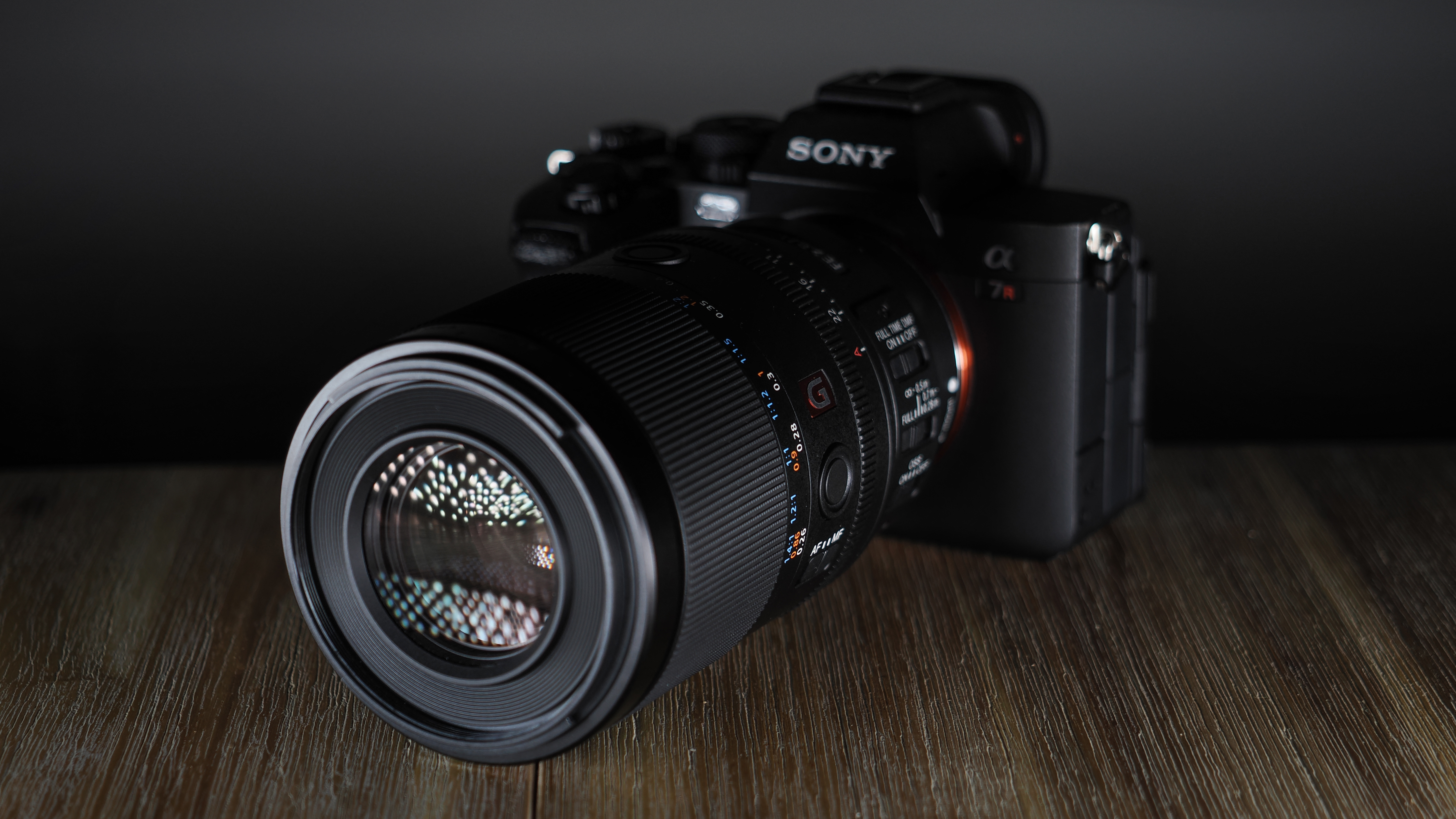
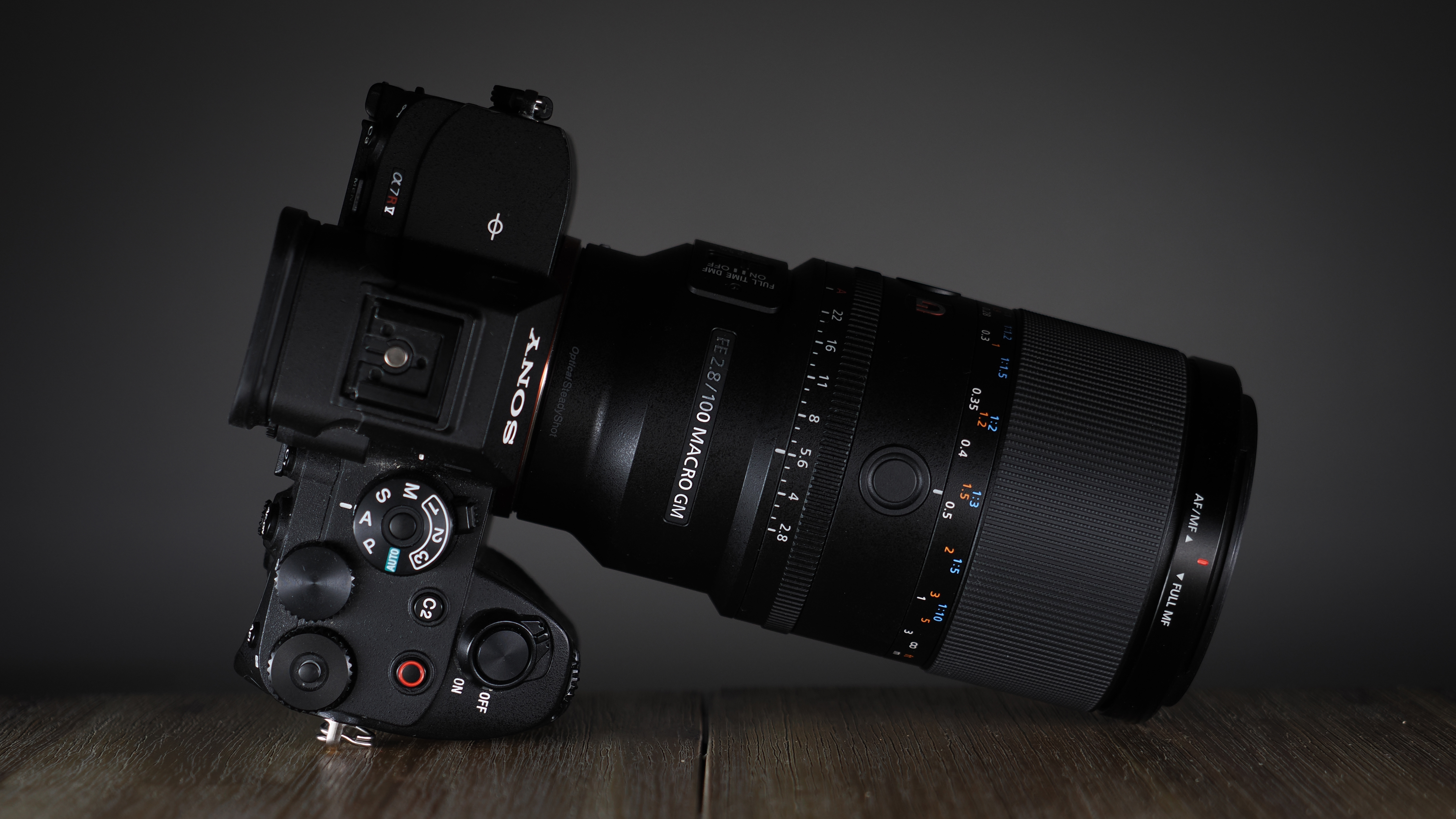
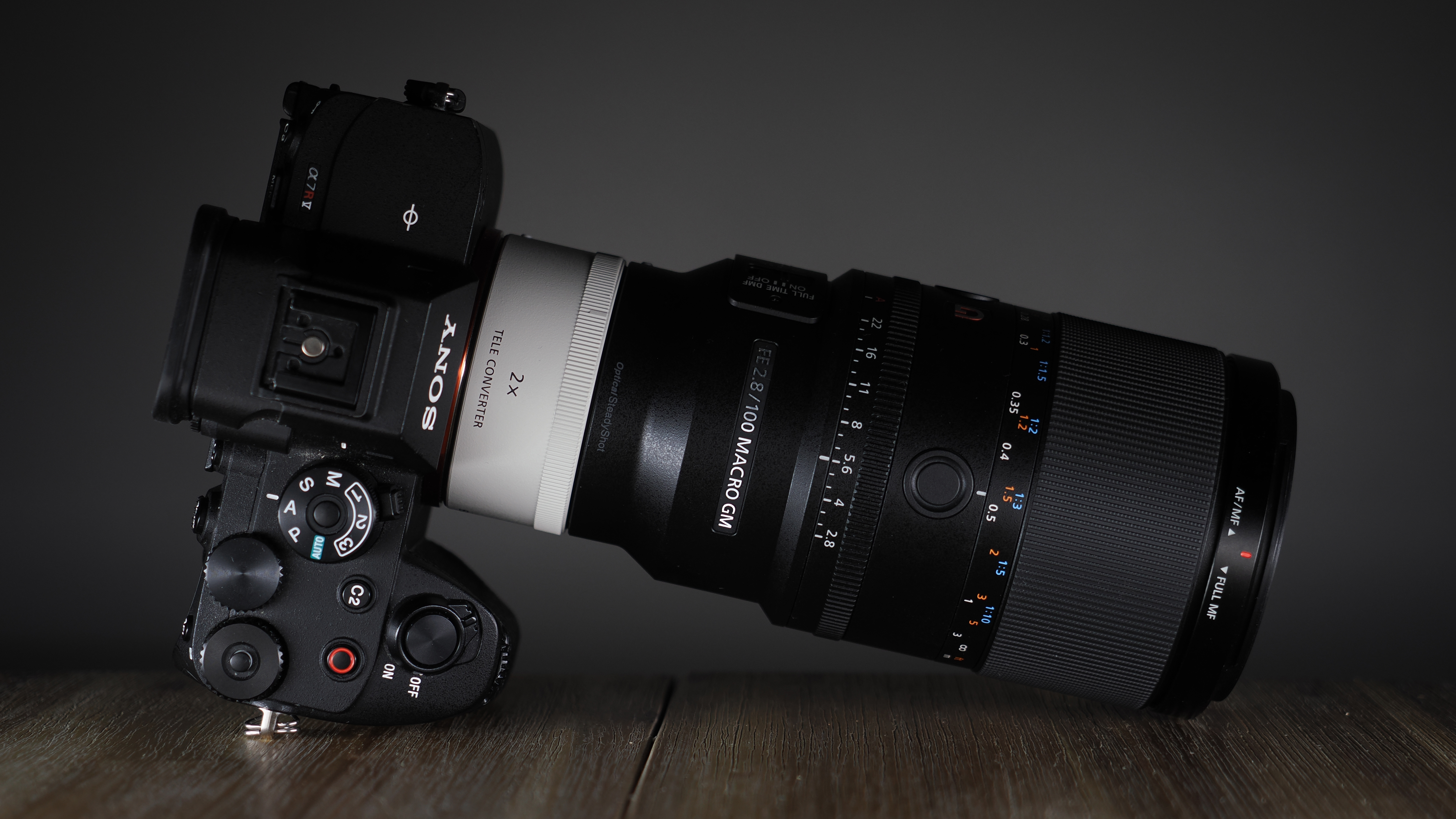

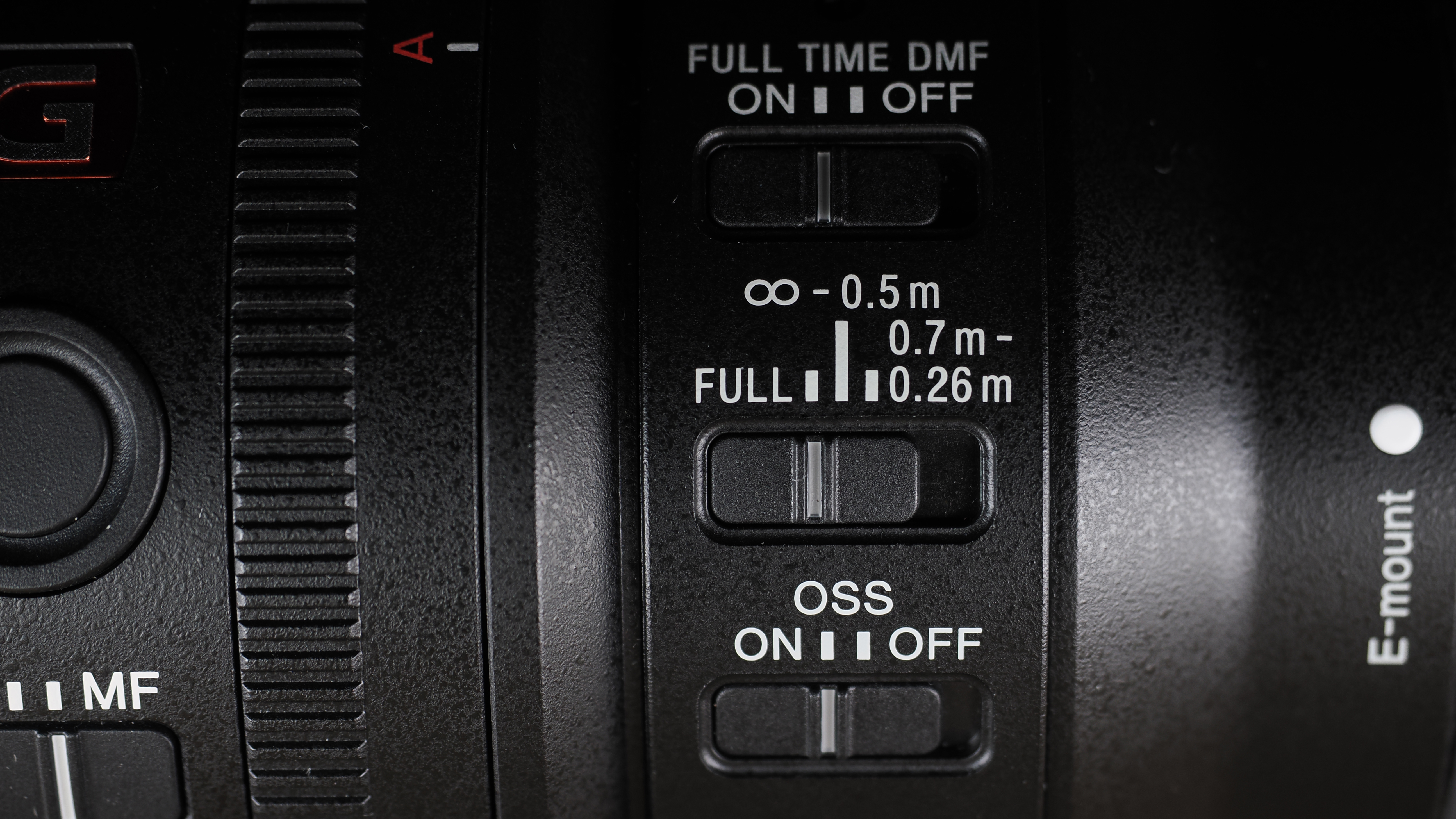
Sony FE 100mm f/2.8 Macro GM OSS: Price & availability
The Sony FE 100mm f/2.8 Macro GM OSS is on sale now in the US and releases elsewhere imminently. It carries a price tag of priced $1,498 / £1,400 / AU$2,599.
For comparison, the 10-year-old Sony FE 90mm f/2.8 Macro G OSS is still selling for $1,048 / £819 / AU$1,200.
The best camera deals, reviews, product advice, and unmissable photography news, direct to your inbox!
To put that into context in terms of rival systems, Canon's equivalent lens (the RF 100mm f/2.8L Macro) sells for £1,249 / £1,370 / AU$1,899, so Sony's optic is in a similar ballpark.
Sony FE 100mm f/2.8 Macro GM OSS: Specifications
Mount options | Sony E |
Format | Full frame |
Equivalent focal length | APS-C: 150mm |
Image stabilization | Yes |
Weather sealing | Yes |
Focus | Manual / Auto (with clutch) |
Control ring | No |
Aperture ring | Yes (declickable) |
Lens construction | 17 elements, 13 groups, 2 ED, 2 XA, 11-blade aperture |
Minimum aperture | f/22 |
Minimum focus distance | 1x: 0.26m • 2.8x: 0.29m |
Filter size | 67mm |
Dimensions | 81.4 x 147.9mm |
Weight | 646g |
Sony FE 100mm f/2.8 Macro GM OSS: Design & handling
The 100mm Macro looks and feels every inch a G Master lens. It's quite long, but with its working distance this isn't a problem at all. And despite its size, this is a pretty light optic given all the glass and clever tech inside it.
Obviously some of the extra length is devoted to the compatibility with teleconverters, which is one of the headline features of the lens. This really is something to shout about; converters are supported by so few lenses, so I always relish the opportunity to dig one out and use it with a new toy.
This does, of course, lengthen the lens even further – and while it balances well handheld, the front-heaviness can make things tricky if you don't have a super sturdy tripod. However, the handheld potential of this lens is something that's really worth discussing.
Anyone who shoots macro knows the perils of doing so when handholding, but the clever stabilization system here really makes it practical – which will be music to the ears of outdoor and nature shooters, who don't always have the luxury of setting up a tripod.

The Sony FE 100mm f/2.8 Macro supports Body-Lens Coordinated Control, and the compensation now supports depth shale along the Z-axis – something that's super important for this kind of shooting – in addition to angle and shift along the X and Y.
The autofocus is fast, accurate and honest, so it's able to keep up with micro-movements caused by handheld shooting, and thus it really is feasible to shoot tripod-free – though you're a brave soul if you're going to do this at 2.8x magnification!
Something that's essential for macro lenses is having a proper manual focus ring – as in, one that has hard stops at each end with granular control and distance markings. By pulling down the "Full MF" clutch at the nose of the lens, the 100mm Macro engages this true manual focus system.
You also have control over the aperture ring, both in terms of having it clicked or de-clicked and disengaging it completely if it's not your thing. Finally, this is a weather-sealed lens – which again is great news for outdoor shooters who capture macro shots out in the elements.

Sony FE 100mm f/2.8 Macro GM OSS: Performance
As you'd expect from a G Master lens, this is an absolutely stellar performer. I tested this lens with a Sony A7R V, to truly test the limits of how well this lens can capture fine detail. And while some optics start to fall apart when you put them under such a ridiculous megapixel microscope, here it reveals the awesome resolving power of the 100mm Macro.
Even when shooting wide open, sharpness is truly superb across the entire frame – if, of course, you can get the whole plan in focus, which can be tricky when working at 1.4x magnification, let alone 2.8x!
I paired the 100mm Macro with Sony's 2x teleconverter for some of my testing. If you're unfamiliar with how converters work, they increase the focal length of lenses along with their magnification – but they have the inverse effect on the aperture.
So with my 2x converter, this 100mm f/2.8 lens with 1.4x magnification becomes a 200mm f/5.6 with 2.8x magnification. With the 1.4x teleconverter, it becomes a 140mm f/4 with 2.0x magnification. Obviously this means that you aren't able to gather as much light, which requires slowing the shutter speed and / or boosting the ISO.
Of course, by virtue of what they're doing, teleconverters are famous for degrading image quality. However, as you can see in the image above, you still get an incredible level of detail. It's not on par with shooting using the lens alone, but it honestly isn't far off – and I dare say that nobody will be able to tell, so minor is the effect.
However, something that is somewhat noticeable is a touch of color fringing. This admittedly only occurs in fairly specific situations – namely shooting white open in a high-contrast situation – but it happens nonetheless.
While it's more common to stop down when shooting macro, in order to increase depth of field, there are definite use cases for shooting wide open (both for creative effect and to gather more light, given the f/2.8. limit – or indeed both!). I'm someone who loves the super-shallow depth of field when shooting close-ups, so it's something I embrace fairly often.
Here's an example of the kind of wide-open fringing that occurs – it really is pretty minor, and it's nothing that a couple of sliders in Photoshop can't fix. In fairness it's really operating at the optical limits of this or any lens, but it's worth being aware of:
Otherwise, I have nothing but wonderful things to say about how the Sony FE 100mm f/2.8 Macro GM OSS performs. It does everything you could want of a macro lens – and in the case of stabilization and autofocus, does it better than pretty much any other lens out there.
There is, as is always the case with macro glass, some focus breathing, though it's very well controlled. The bokeh isn't always the most pleasing, as specular highlights exhibit cat's eye rendering towards the edge of frame when shooting wide open. This isn't really an issue for macro, but of course a 100mm lens is also very well suited for taking portraits.
The lens performed very well in this setting, even though you really want a faster aperture for pure portraiture to really isolate the subject. Though something to be conscious of when shooting portraits with a macro lens is that, well, macro lenses resolve a lot of fine detail – and that isn't always flattering to your subjects!
However, I can see this being a great double duty tool if you're the kind of wedding photographer who likes taking macro detail shots (of things like the rings, name cards, dress detail etc) as well as having a great dedicated portrait lens.
Sony FE 100mm f/2.8 Macro GM OSS: Samples

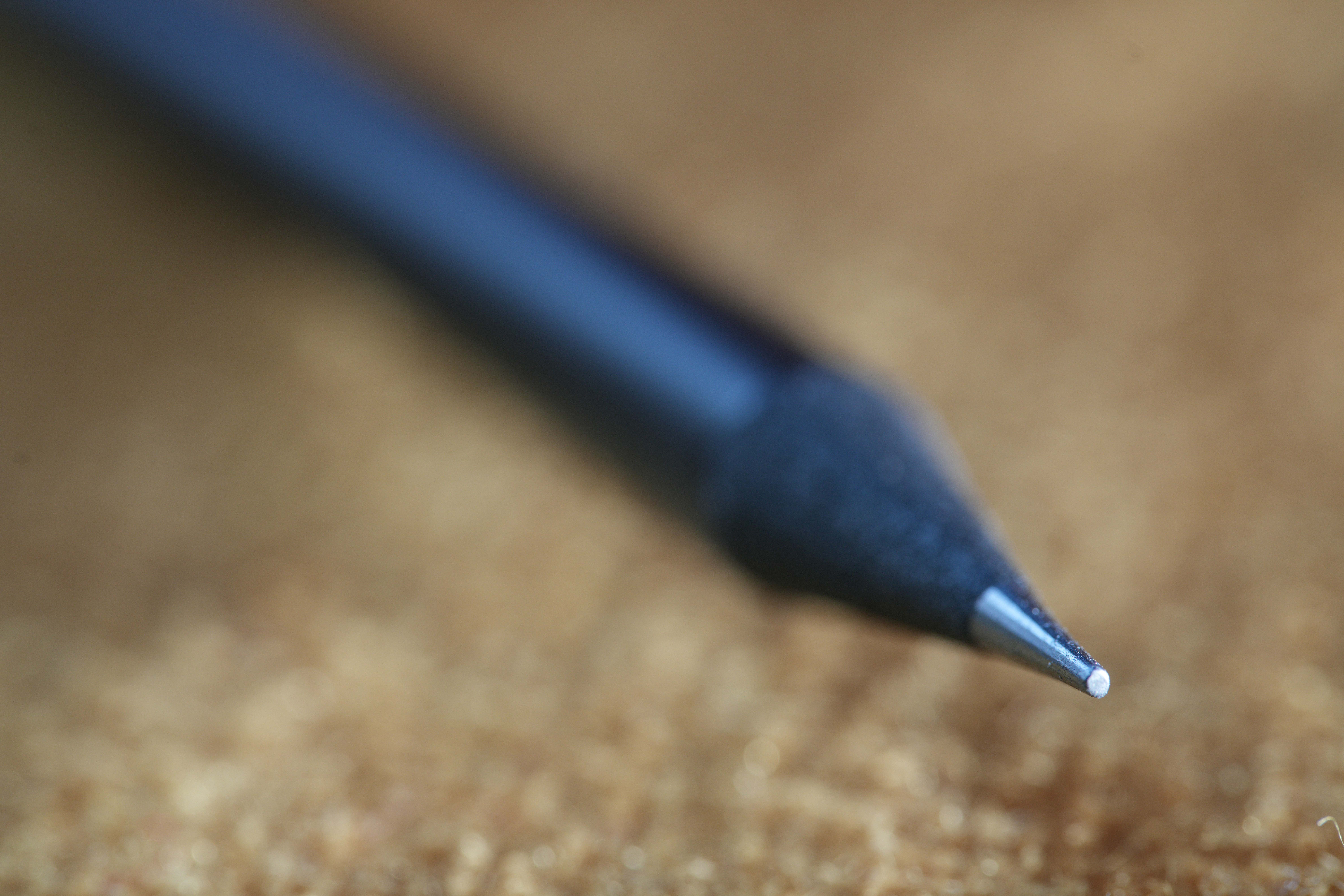
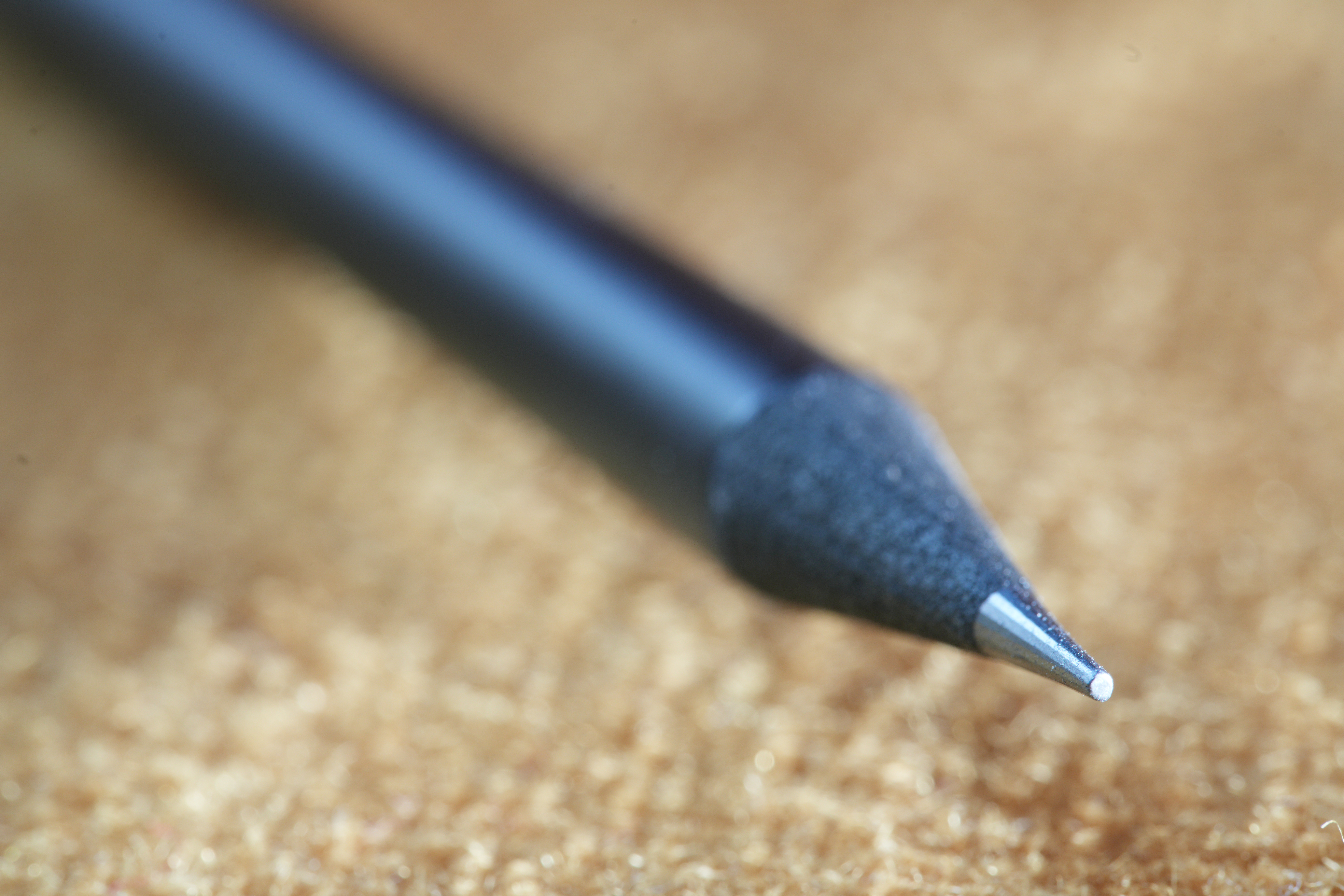
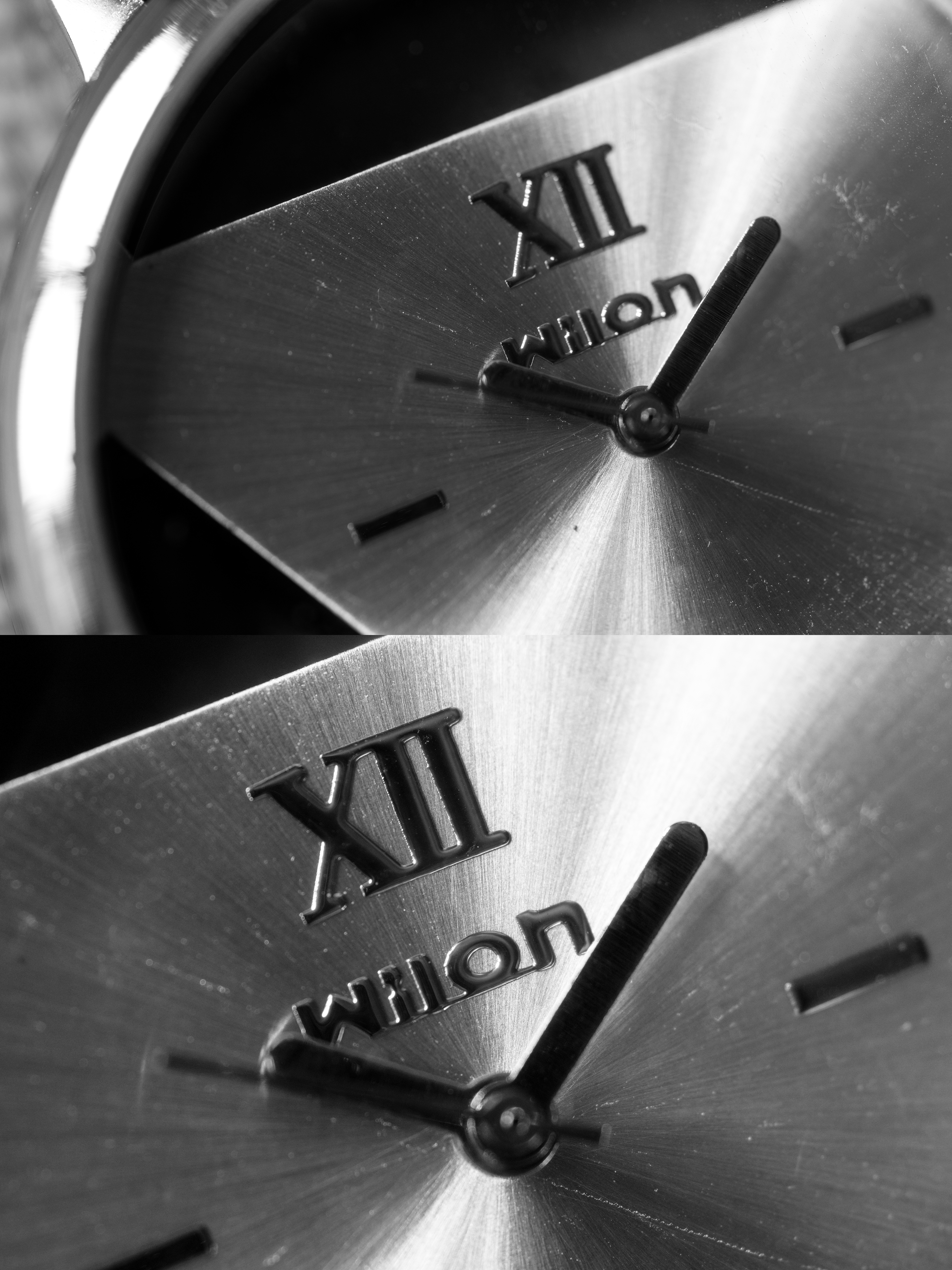
Sony FE 100mm f/2.8 Macro GM OSS: Lab results
We run a range of lab tests under controlled conditions, using the Imatest Master testing suite. Photos of test charts are taken across the range of apertures and zooms (where available), then analyzed for sharpness, distortion and chromatic aberrations.
We use Imatest SFR (spatial frequency response) charts and analysis software to plot lens resolution at the center of the image frame, corners and mid-point distances, across the range of aperture settings and, with zoom lenses, at four different focal lengths. The tests also measure distortion and color fringing (chromatic aberration).
Sharpness:

Center-sharpness is superb, even wide open at f/2.8, and stays so through to f/11. Image quality is also impressively sharp right into the corners of frame, which is particularly important for a macro lens.
Fringing:

Color fringing is negligible, even in the extreme corners of frame, throughout the tested aperture range.
Distortion: 0.28
There’s the merest hint of pincushion distortion, but it’ll generally go unnoticed in real-world shooting, even if you’re shooting geometric subjects.
Sony FE 100mm f/2.8 Macro GM OSS: Verdict
The Sony FE 100mm f/2.8 Macro GM OSS is a long-overdue lens that E-mount macro shooters have long deserved. It's amazing, when you think about how many lenses are available for this system, that there's an absolute dearth of premium macro lenses – but thankfully Sony has set things right at last.
By every measure, this is a fantastic lens. It's super sharp across the entire frame, even wide open and even when using a teleconverter. And while its larger-than-life-size 1.4:1 reproduction gets you great shots straight out of the box, if you do happen to own a 1.4x or 2.0x converter then you unlock incredible 2.0:1 and 2.8:1 macro capability.
I was super impressed with the handholding potential of this lens, too. Between the enhanced image stabilization and Sony's laser-precise autofocus, this is a lens you can happily use to photograph insects or plants even without a tripod.
If you already own Sony's 90mm Macro and you're wondering if this is worth the upgrade, I can only apologize to your waller – yes, this is 100% worth the upgrade as the performance is a league apart. This is the best macro lens for the E-mount and one of Sony's finest lenses ever.
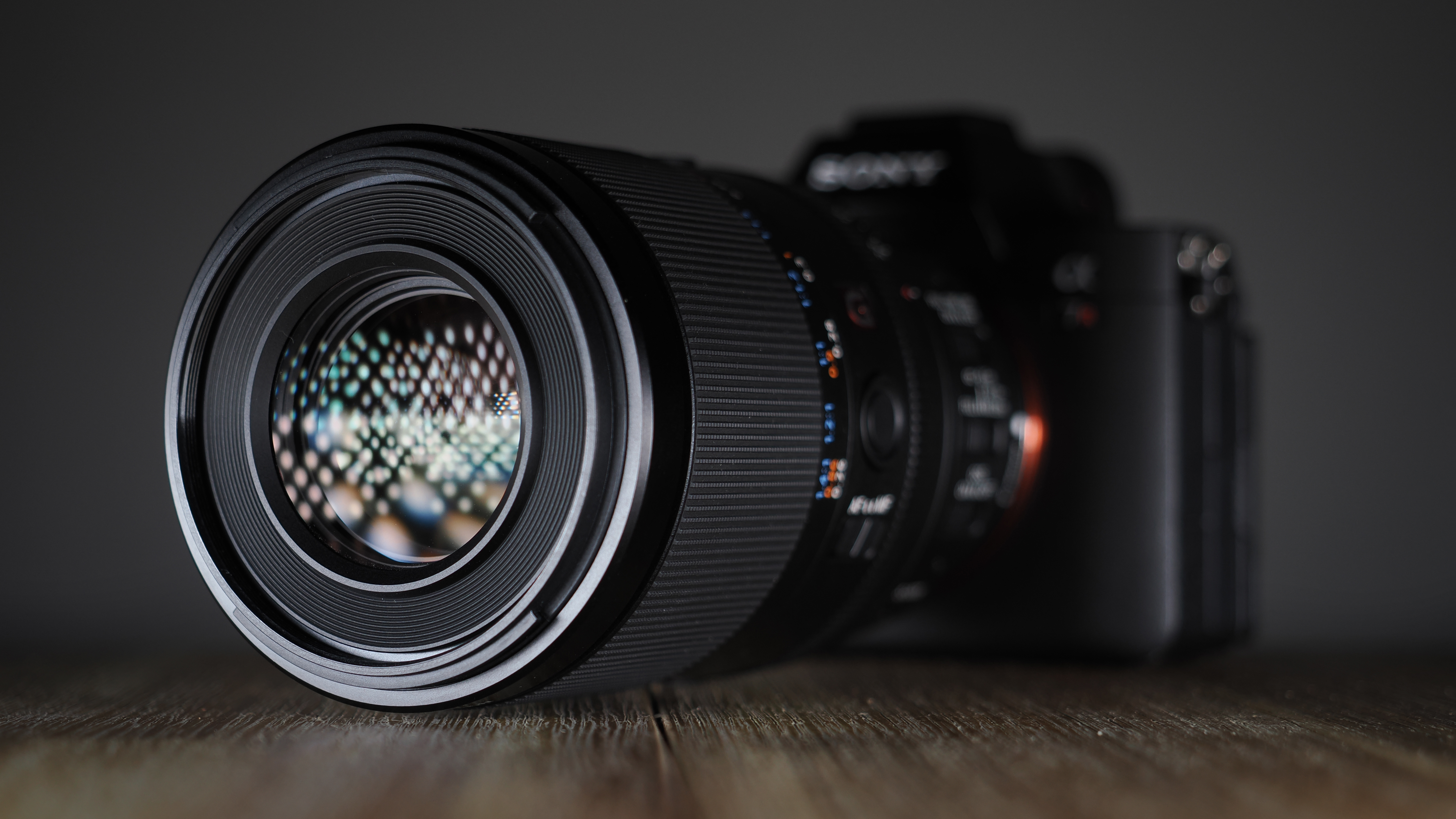
You might also like…
See how this stacks up to the best macro lenses from all makers, along with the best Sony lenses across all categories.

James has 25 years experience as a journalist, serving as the head of Digital Camera World for 7 of them. He started working in the photography industry in 2014, product testing and shooting ad campaigns for Olympus, as well as clients like Aston Martin Racing, Elinchrom and L'Oréal. An Olympus / OM System, Canon and Hasselblad shooter, he has a wealth of knowledge on cameras of all makes – and he loves instant cameras, too.
You must confirm your public display name before commenting
Please logout and then login again, you will then be prompted to enter your display name.

